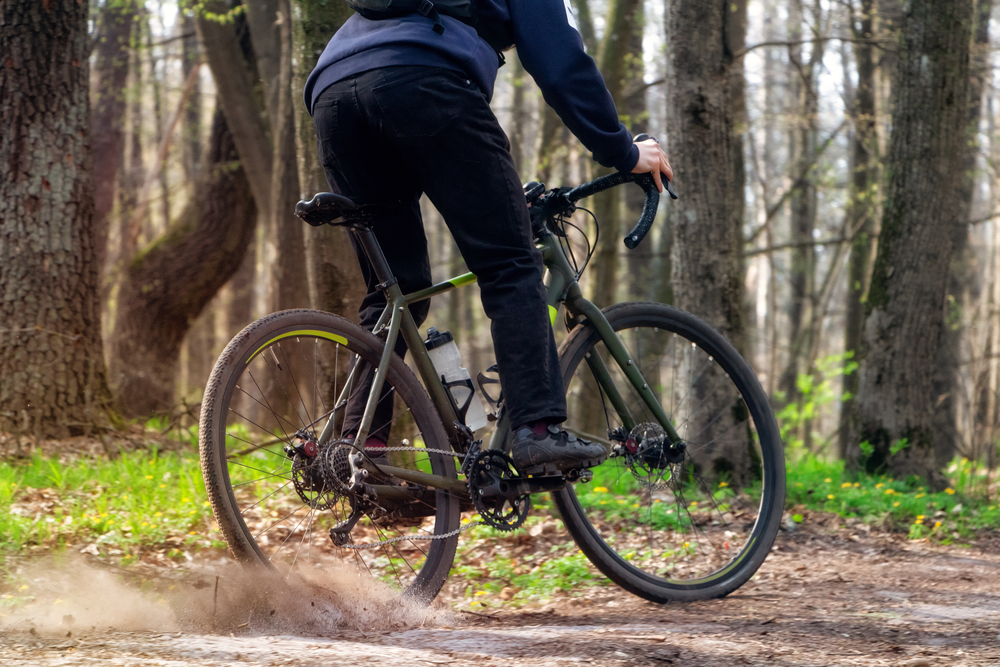Professional bicycles, or pro bikes, represent the pinnacle of cycling technology, combining advanced materials and engineering to offer peak performance in races and high-speed cycling events. The choice of material in the construction of pro bikes is critical, as it directly influences the weight, stiffness, durability, and comfort of the bike. This article explores the various materials used in the construction of pro bikes, touching on their benefits and why they are preferred in the professional cycling world.
**Carbon Fiber:** The most dominant material in professional road and mountain bikes is carbon fiber. Renowned for its stiffness-to-weight ratio, carbon fiber allows for the construction of bikes that are both incredibly light and exceptionally strong. The material’s versatility also enables engineers to manipulate it in ways that optimize aerodynamics, enhance comfort by absorbing vibrations, and improve strength where needed, all without adding unnecessary weight. Carbon fiber frames are crafted by layering sheets of carbon fiber cloth bonded together with a resin. The ability to layer the sheets in different orientations allows for the design of bikes that are stiff in some directions, such as along the length of the frame, and compliant in others, such as across the frame.
**Aluminum:** Once the leader in high-performance bike frames, aluminum is still widely used, particularly in entry-level to mid-range pro bikes. Aluminum offers a good balance of strength, weight, and cost. It’s heavier than carbon fiber but provides a very responsive riding experience due to its high stiffness. Modern aluminum bike frames are often butted and formed to reduce weight and increase strength, and they are frequently coupled with a carbon fiber fork to reduce front-end weight and improve ride quality.
**Titanium:** Titanium is less common but highly prized for its exceptional ride qualities and durability. It’s as strong as steel but lighter and more corrosion-resistant. Titanium frames can be expensive due to the difficulty of working with the material, but they offer a lifetime of riding with minimal degradation. The natural flex of titanium provides a uniquely smooth ride, making it a favorite for cyclists who prioritize comfort over the absolute lightest material.
**Steel:** The traditional choice, steel is still used in the construction of some pro bikes, particularly those designed for touring or adventure. Steel offers unmatched durability and a natural compliance that many riders find appealing. The weight of steel is its primary drawback, though modern high-strength steel alloys like Reynolds 953 and Columbus Spirit can be used to construct relatively light frames that maintain the material’s beneficial ride characteristics.
Apart from frame materials, pro bikes also feature high-end components made from similarly advanced materials. Wheels, for instance, might be made from carbon fiber to reduce rotational weight and improve acceleration. Titanium and aluminum are commonly found in components like handlebars, seat posts, and cranks, where strength and low weight are crucial.
In summary, professional bikes are made from a variety of materials, each chosen for its specific properties that contribute to the bike’s performance, durability, and rider comfort. While carbon fiber is the most prevalent material due to its excellent strength-to-weight ratio and versatility, other materials like aluminum, titanium, and steel continue to play important roles in bike construction, particularly when cost, durability, or particular ride qualities are prioritized.






